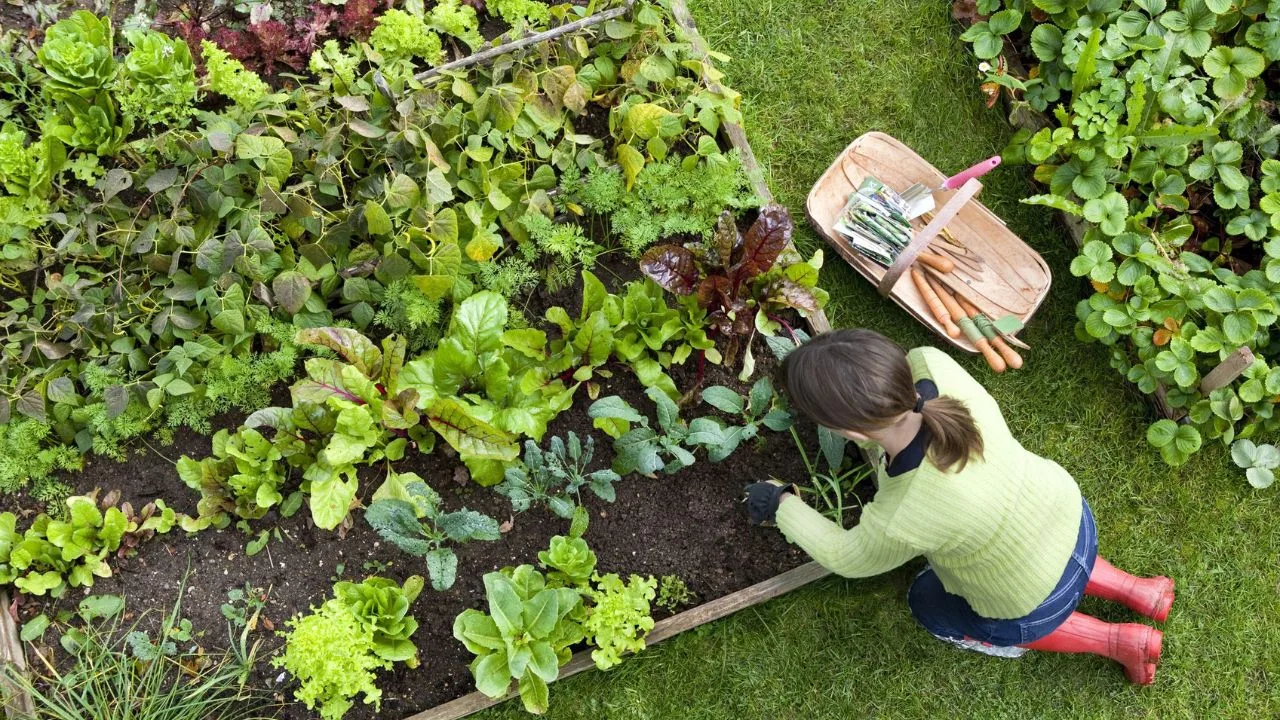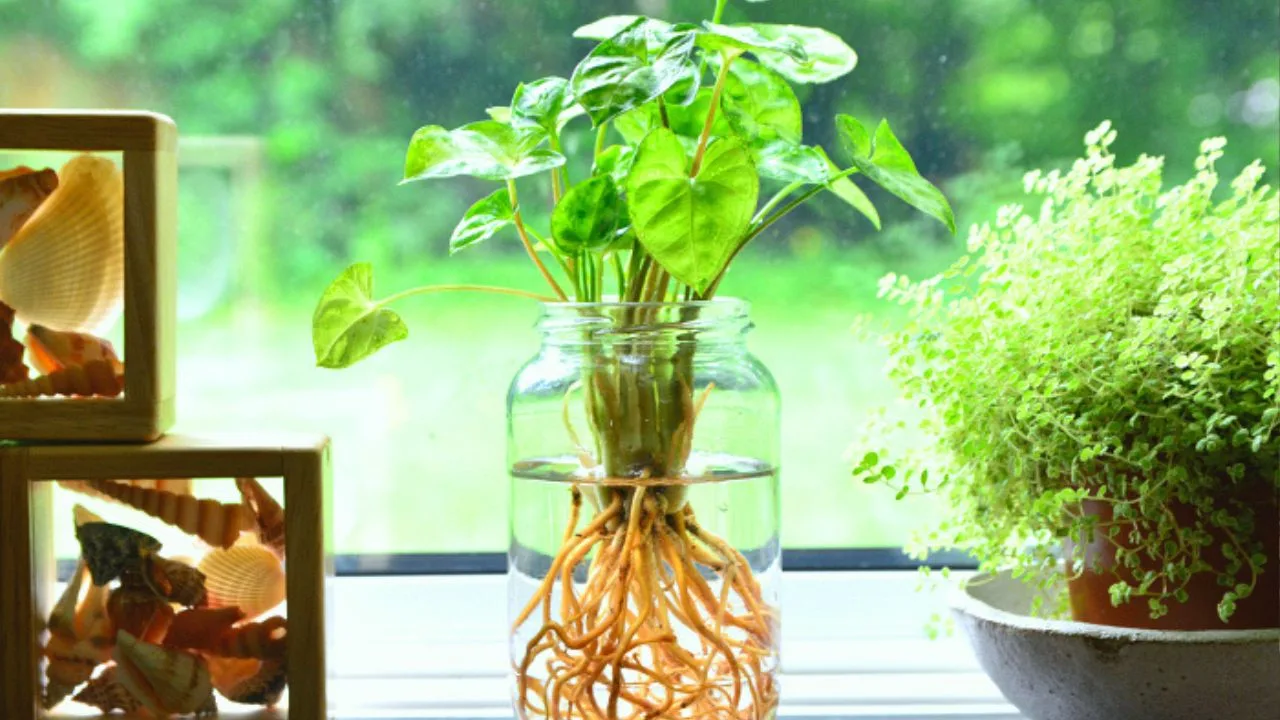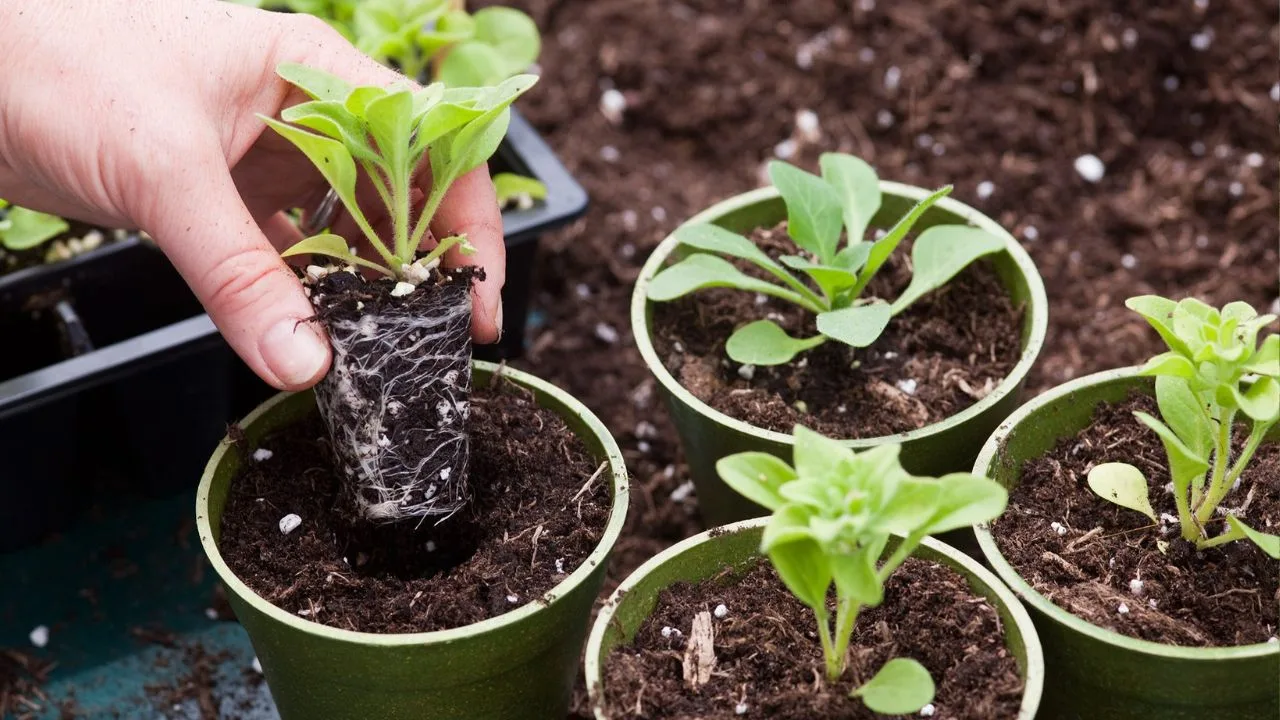A plant is a living thing that grows in the ground after the seed is sown. It has a lot of leaves coming out of the stem and branches. A plant also has flowers and fruits in it which are very useful. The plant also has roots through which they get water and other minerals from the ground.
Know Your Plants
- Before planting plants in your home, search online or ask the nursery expert about the plant’s needs. Maintain a steady temperature. If you are cold, your plant will also be cold.
- Find out in which rayon the plant grows best. If you know the region from which the plant is grown then it is better to grow it according to its temperature, climate, and soil. Keep in mind that the container in which you are planting the plant should be big.

- If you are planting it directly on the ground, then keep a distance between the two plants. If you have planted the plant in a pot, then check its rotes every year to make sure they are not rotting or else they should be cut so that they grow fresh and healthy.
Water
Every plant needs a different quality of water. We should water the plants either in the morning or in the evening as this helps in better evaporation. Seedlings generally need more water than adult plants. Overfeeding or underfeeding damages the plants.
Check Your Plants
You should water your indoor plants during the winter and Outdoor plants should be checked every other day or so and you’ll be able to identify the problem.
Eggshells leach valuable nutrients into the soil, helping plants like tomatoes thrive throughout the season. Crush up a few and sprinkle them into the holes you dig for each plant or the bottom of a pot you’re using for an indoor potted plant.
Provide the right amount of sunlight
Plants generally need either full sunlight, partial sunlight, or partial sunlight If you notice your plant becoming thin and reaching toward the light, it needs to be closer to the sunshine. Plants need sunlight at different times.

Pest and Control diseases
Plants can be affected by pests and diseases. Check regularly if you see a change in the plant’s color or any spots, then use the pest control method so that there are no insects on the plant. You can make these at home as well like spray with name oil.
Fertilize
Choose from organic options or synthetic fertilizers. Organic fertilizers improve soil health over time, while synthetic ones provide immediate nutrients.
If you choose fertilizer, visit your local greenhouse and ask questions about what to use and how much your soil tested before you plant anything in the ground.
You can take soil samples to your local extension office for testing. Many plants need fertilization in winter.
